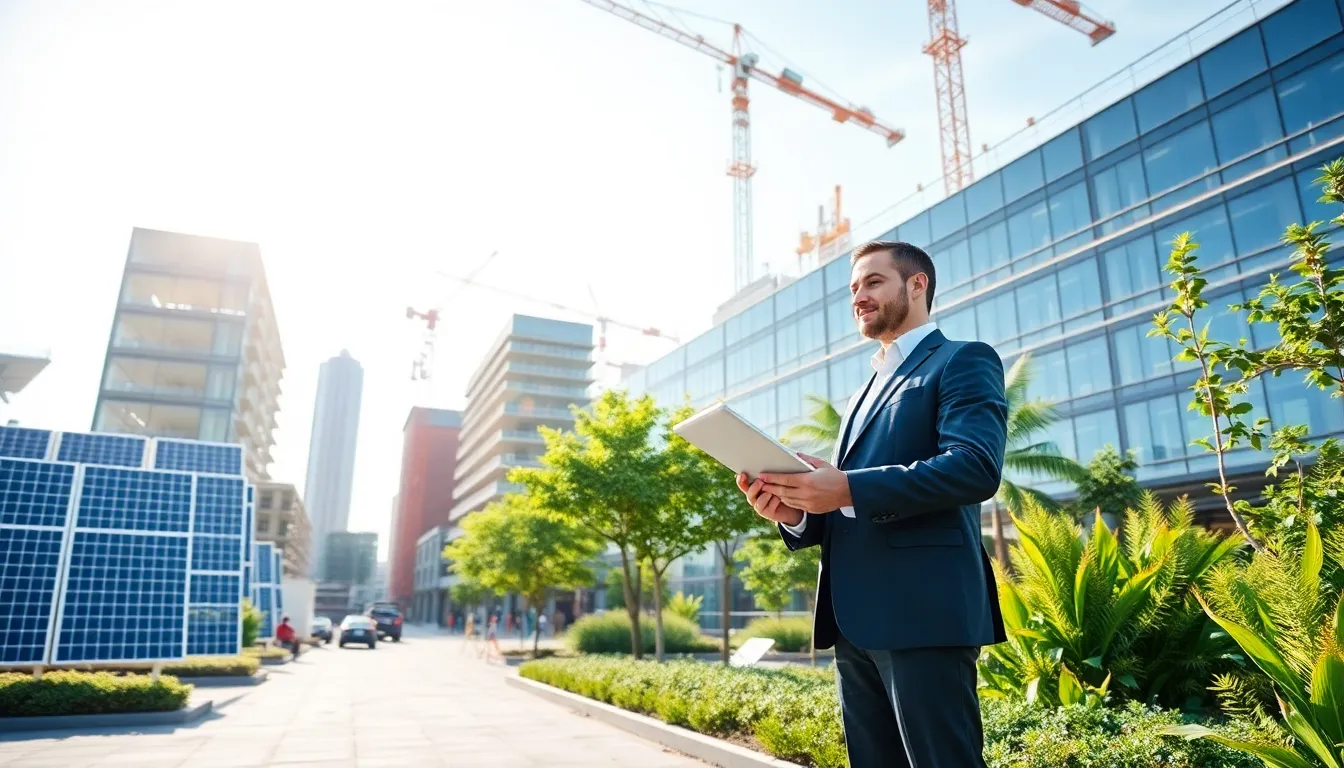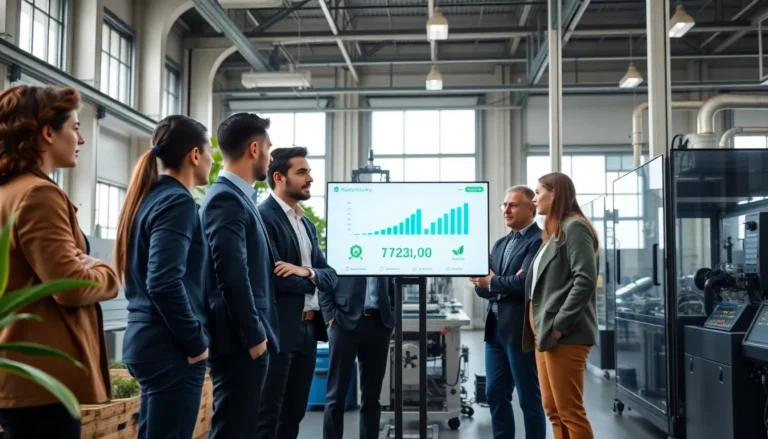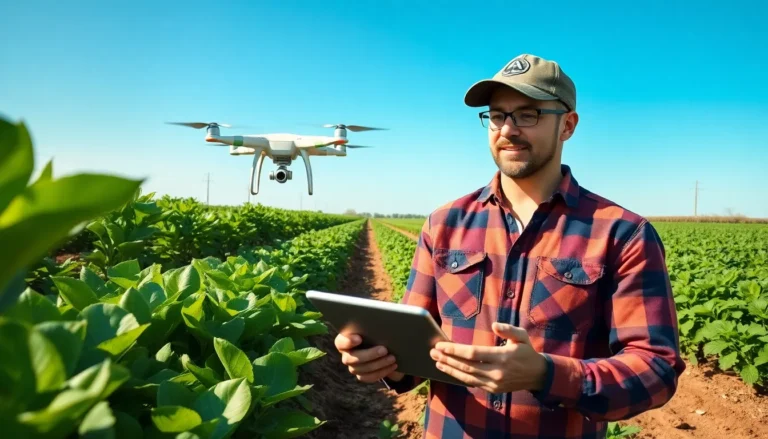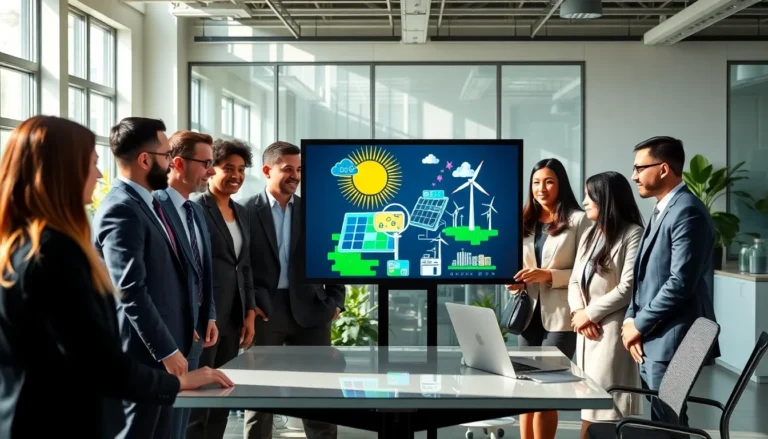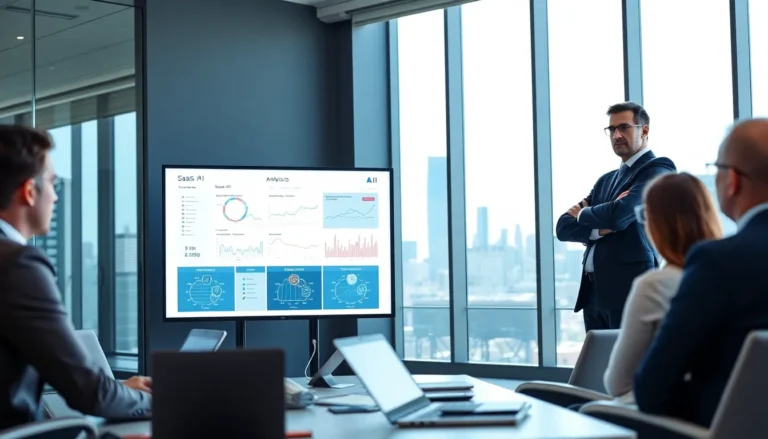Table of Contents
ToggleIn a world where Mother Nature is getting her feathers ruffled, sustainable construction technology rises like a phoenix from the ashes of conventional building methods. Think of it as construction’s way of saying, “We can do better.” From energy-saving innovations to eco-friendly materials, this approach is not just a trend: it’s a necessity. You wouldn’t want to build your dream home on a plot of doom, would you? Let’s jump into why sustainable construction is your golden ticket to a greener future, and possibly the only way to keep our planet from turning into the ultimate dumpster fire.
What Is Sustainable Construction Technology?
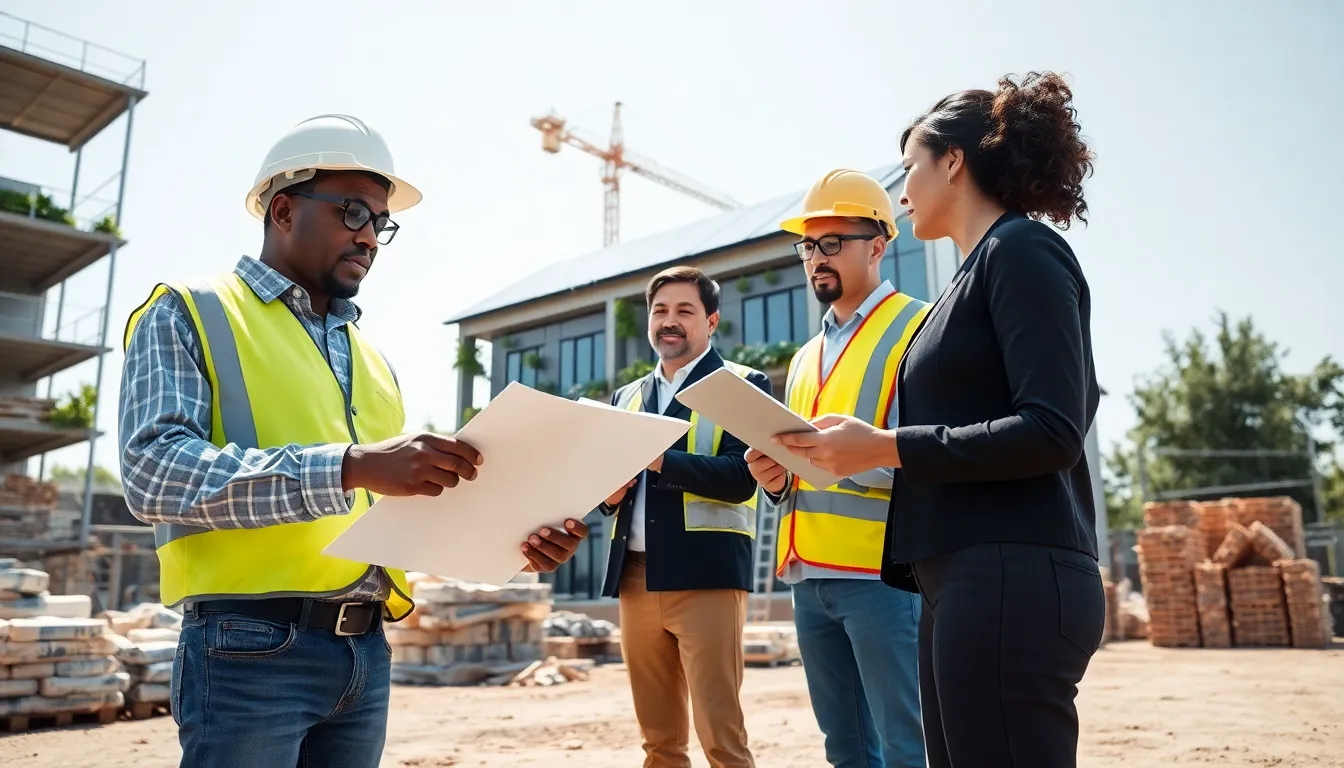
Sustainable construction technology encompasses a wide array of practices that aim to reduce the environmental impact of building projects. But it’s not just about using recycled materials: it’s a whole philosophy. Imagine creating structures that breathe with nature, rather than against it. This technology focuses on minimizing waste, utilizing local resources, and enhancing energy efficiency throughout the lifecycle of a building. In simpler terms, it’s construction that refuses to ignore Mother Nature’s needs. Think solar panels nestled on rooftops, water-saving fixtures, and smart designs that reduce energy consumption. The goal? To harmonize human activity with the planet’s ecosystems.
Importance of Sustainable Construction
Shifting toward sustainable construction is crucial for several reasons. First, it directly reduces our carbon footprint, a boon in the battle against climate change. Buildings account for nearly 40% of global energy usage. Yikes. Implementing sustainable practices can significantly cut energy consumption. Besides, sustainable construction often leads to cost savings over time. Although the initial investment may be higher, the long-term operational costs plummet. Add in the fact that sustainable buildings tend to retain their value better and attract higher occupancy rates, and it’s a no-brainer for investors. Finally, there’s the social impact to consider. Sustainable construction improves the quality of life for occupants while protecting the environment for future generations. Who wouldn’t want to build a legacy of sustainability?
Key Technologies in Sustainable Construction
A variety of technologies make sustainable construction not just possible but also practical. Here are some key players:
Renewable Energy Integration
Integrating renewable energy sources, like solar panels and wind turbines, transforms buildings into mini power plants. This integration not only reduces reliance on fossil fuels but also allows buildings to generate their own energy. Imagine sitting in your cozy living room, sipping coffee, and knowing your home is working harder for you than you are.
Smart Materials and Their Benefits
Smart materials, such as self-healing concrete and thermochromic glass, take sustainability to another level. Self-healing concrete can repair its own cracks, extending the lifespan of structures and reducing the need for additional resources. Thermochromic glass changes its tint based on temperature, helping to regulate heat and light, so reducing energy needs for heating and cooling.
Waste Reduction and Management Techniques
No one wants a construction site that looks like it doubled as a landfill. Mindful waste reduction techniques, like modular construction and recycling of materials, play a crucial role. Modular construction allows components to be made off-site, minimizing on-site waste and providing a more controlled production environment. Also, recycling materials like steel and concrete reduces the need for new raw materials, which is a win-win for both builders and the environment.
Challenges in Implementing Sustainable Technologies
Even though the benefits, implementing sustainable construction technologies is not without its hurdles. First, there’s the resistance from traditional builders who may be set in their ways. Changing mindsets requires education and demonstrated success stories to showcase the practicality of these technologies.
Cost is another challenge. While the long-term savings are enticing, the initial investments can be daunting for many projects. Not everyone has a green budget, you know? Building regulations can sometimes lag behind technological advancements, making it challenging to incorporate new methods. Plus, sourcing sustainable materials can be tricky, especially in regions where traditional materials dominate the market.
Finally, it’s essential to note that not every community or project has access to sustainable technologies. The geographical disparities in availability can limit the reach of these benefits. Achieving sustainable construction on a broader scale will require collaborative efforts among stakeholders, including government support, educational initiatives, and industry innovation.
Future Trends in Sustainable Construction
The future of sustainable construction technology looks promising. As innovations emerge at a rapid pace, a few exciting trends are worth noting:
- Biophilic Design: Buildings that connect occupants with nature are on the rise. This means more green spaces, natural light, and materials that reflect the local environment.
- Digital Twin Technology: This involves creating a digital replica of a physical building to monitor its health and performance in real-time. This data can help in making more sustainable choices.
- Climate-Responsive Building: This approach ensures buildings are designed with the local climate in mind, utilizing environmental conditions to enhance comfort and efficiency.
- Improved Circular Economy Practices: More architects and builders embrace the idea of designing for disassembly, ensuring that materials can be reused or recycled instead of ending up in landfills.
As these trends gain traction, sustainable construction will not just be a choice but the standard.

